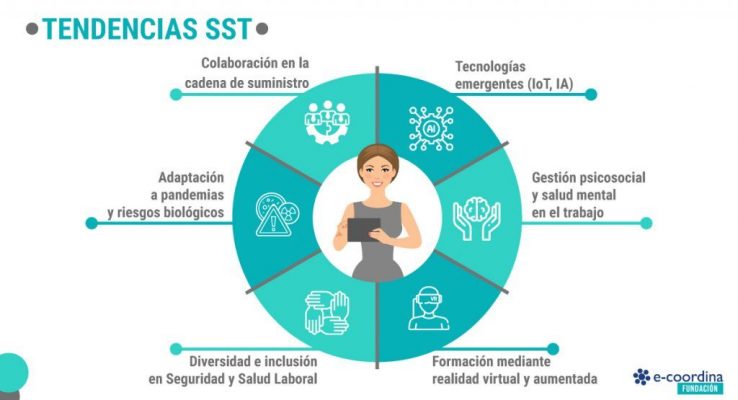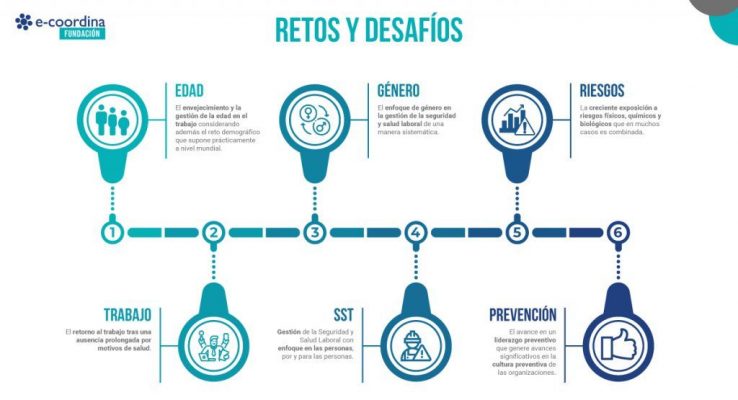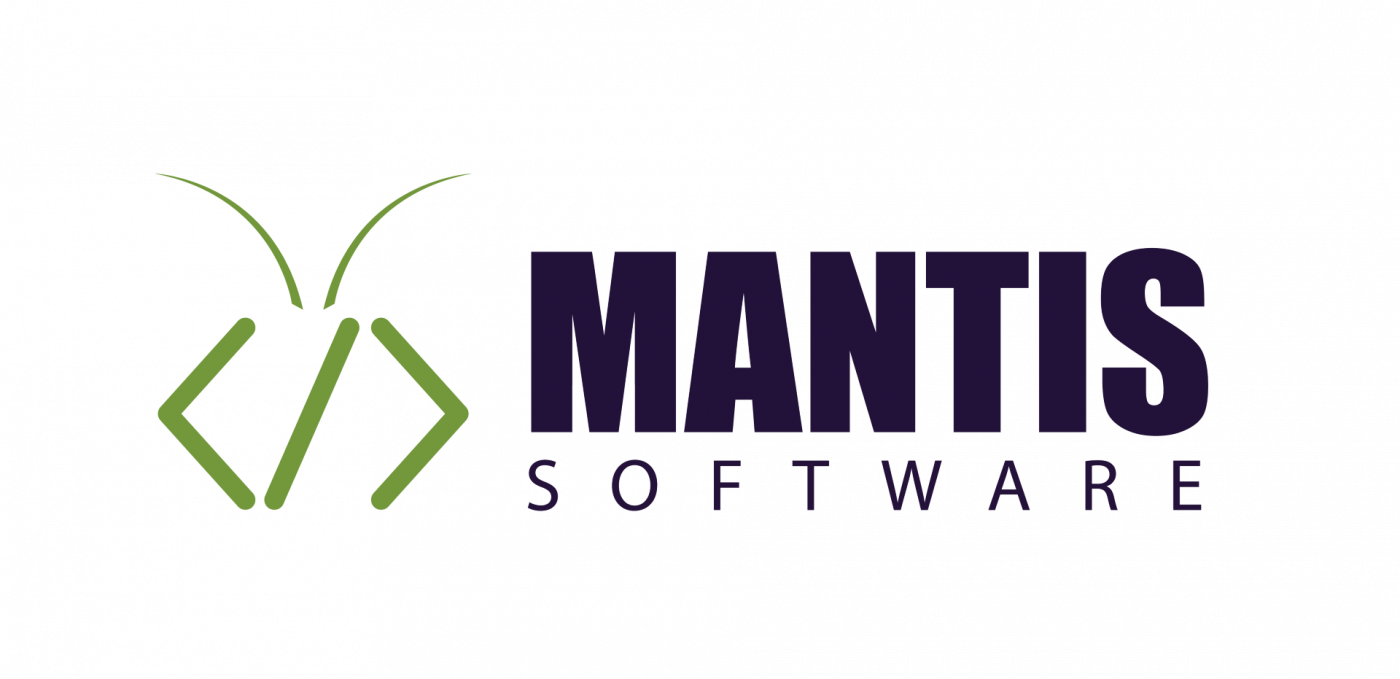These are the main trends in Occupational Health and Safety for 2024.

Safety Trends. Trends in Occupational Health and Safety in 2024 will be marked by technologies and mental health at work.
We are at the beginning of 2024 and we begin the activity in the e-coordina Foundation by sharing a brief but interesting article on the Safety Trends, the main trends in Safety and Health at Work for this year. This, without being an obstacle to also mention some “old” challenges that are still there fully valid and present either due to its limited incorporation into preventive management or due to its still incipient approach in organizations. Trends in SST during 2024 will continue to evolve to address the challenges and challenges that organizations face. in a context of change constant change in production models, introduction of new processes and materials, changes in labour relations and organisational models. However, these trends are marked by technologies and their contribution to improving occupational health and safety conditions.
Key trends in Occupational Health and Safety
 Key trends in OSH for 2024
Key trends in OSH for 2024
Emerging Technologies
Without a doubt one of the main trends in Occupational Health and Safety is the use of different technologies and technological tools focused on improve health and safety conditions and mainly:
- Device integration IoT (Internet of Things) in work environments for monitor not only working conditions, equipment and processes (collective protection measures, monitoring of chemical agents, etc.) but also the monitoring of the health of employees in real time will become increasingly common. Integrating these devices will undoubtedly allow for a faster and more effective response to potential risks present in the workplace.
- Artificial Intelligence (AI) and Predictive Analytics: Artificial intelligence and predictive analytics will be used to anticipate and prevent occupational accidents and illnesses by identifying patterns and behaviors risk, which will help the implementation and start-up of preventive measures more effectively, focusing on those areas/processes or activities that are critical from an OSH point of view.
Technologies such as Generative artificial intelligence can contribute to the dissemination of preventive culture in organizations through the development of educational and awareness-raising content, advice and obtaining personalized information on risks, etc.
Focus on Psychosocial Management and Mental Health at Work
Although the psychosocial risk management It was already an activity that had to be integrated, it is at this moment when it has acquired a elderly relevance following the global health alert situation as well as on the occasion of its incorporation into both the European Strategic Framework on OSH as in the Spanish OSH Strategy 2023-2027.
Among European workers, stress, anxiety and depression are the most common second health problem labor. Its impact on people's health and on the productivity and competitiveness of organizations is real and tangible and it will be a year marked by a growing concern in psychosocial management and mental health at work with a focus on the Implementation of programs and policies to address workplace stress, anxiety and other mental health issues at work. Companies will seek to generate safe, healthy and balanced work environments.
Training and coaching through Virtual Reality and Augmented
The democratization of virtual and augmented reality is definitely reaching the environment of training and education in occupational health and safety, not only with a focus on general training in SST but also specific to the position, process or work team. The use of virtual reality (VR) and augmented reality (AR) technologies will increase significantly to offer virtual training in occupational safety where test the technical knowledge, skills and abilities of workers by allowing realistic practices to be carried out without exposing workers to real risks.
Diversity and Inclusion in Occupational Health and Safety
As a result of increasingly favorable legislation in these matters and a greater awareness of the wealth that it represents for organizations, they will focus on the creation, development and implementation of inclusive policies that address the needs of employees of diverse cultures, genders, ages and abilities. This will necessarily include adapting prevention plans and health and safety programmes to meet and address the specific needs of each group in terms of occupational health and safety.
Adaptation to Pandemics and Biological Risks
Given the experience gained with the global health alert situation caused by Covid-19, both institutions and organizations establish and reinforce their contingency and continuity protocols and plans, so that they are more robust in dealing with health-related emergency situations, whether due to infectious diseases or other biological risks. This aspect was already included in the EU Strategic Framework on Safety and Health at Work 2021-2027 and has been used as a reference in the Spanish OSH Strategy 2023-2027.
Supply Chain Collaboration
Productive flexibility in organizations is not alien to Occupational Health and Safety, especially in large organizations, aware of their tractor effect on preventive culture and there will be an approach that works on the necessary collaboration between companies and their suppliers (of products or services) to guarantee high and solid standards of safety and occupational health throughout the supply chain. In this sense, both the transparency like the exchange of best practices will be essential.
Current challenges and challenges
Regardless of these trends in Occupational Health and Safety for 2024, we cannot and should not forget the challenges and challenges which, as we mentioned at the beginning of the article, are still fully current and present either due to its limited incorporation into preventive management or due to its still incipient approach in organizations such as:
- He Ageing and age management at work considering also the demographic challenge that it represents at global and local level.
- He Gender approach in occupational health and safety management in a systematic manner.
- The increasing exposure to physical, chemical and biological risks which in many cases is combinedThis growing exposure is the result of the introduction of new materials (e.g. nanomaterials), new processes or the rise of green jobs or those related to the circular economy closely linked to the challenge of energy and climate transition.
- He Returning to work after a prolonged absence for health reasons. This aspect is especially important if we consider the scenario of the ageing of the working population (normally longer absences due to slower recovery) and the greater incidence of psychosocial risk factors (disability processes related to stress, anxiety, depression, etc. frequently cause longer absences). It requires a focus and a multidisciplinary management and coordination between different systems (company, health system, etc.)
- Management of Occupational Health and Safety with focus on people, by and for people.
- The advance in a preventive leadership that generates significant progress in the preventive culture of organizations.

Without a doubt, these trends in Occupational Health and Safety for 2024 reflect the Continuous evolution and adaptation of occupational health and safety to both the external and internal context of organizations, where the technology and a holistic approach to managing safety, health and well-being of employees will play a crucial role in creating safer, healthier and more sustainable work environments.
Article written by Dolores Rico, Head of Preventive Culture and Communication e-coordina foundation
Source: https: https://www.fundacione-coordina.org/tendencias-en-seguro-y-salud-laboral-2024/


